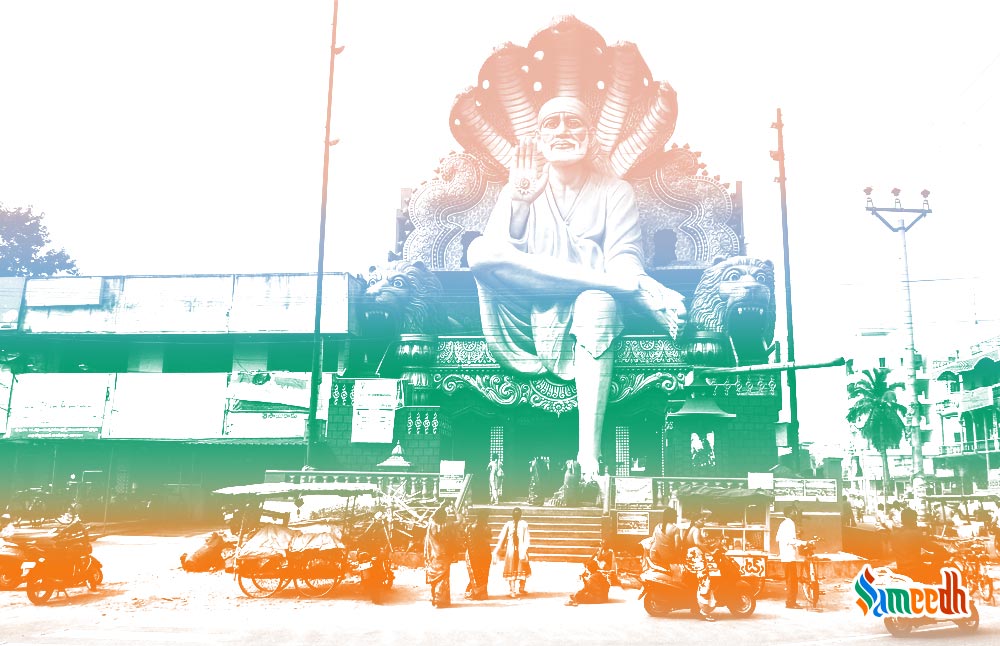This blogpost discusses the importance of Shirdi as a town and as a religious place in India.

LOCATION
A Small & Secular Town
Shirdi is a beautiful and quaint town in the state of Maharashtra. It is considered as one of the most secular places in the world which invites and respects all the religions and faiths. As many as 1,00,000 devotees visit Shirdi every day during the peak time. It is regarded as a place where the power of devotion and faith has been proven over and over again. With its beautiful location and weather near the western ghats, Shirdi makes the perfect location for devotees to pray and celebrate their faith.
MYTHOLOGY
Place of Shirdi Sai Baba
The place became really famous due to the miracles of the power of healing by Sai Baba. The Shirdi Sai Baba was known for his healing powers and was respected and revered by people of both the Hindu and Muslim faith. He propagated the message of love, charity, peace and self-realisation. He was always against any kind of discrimination based on religion or caste.
His Samadhi is situated at Shirdi which also invites several tourists to pay their respects. The place, Shirdi is popular for the Shirdi Sai Baba Temple and the Gurusthan where Sai Bab spent a lot of time and is revered as a pious place by devotees.
SIGNIFICANCE
A Place for Everyone
Shirdi has gained immense importance since the 19th century and in the present scenario, Shirdi invites around seventy thousand tourists per day on an average. The place is loved and respected from people across the religions due to Sai Baba’s message peace and love with no discrimination. Shirdi also hosts food for thousands of tourists and devotees which makes it a more homely and a pious place for the devotees who travel long distances to spend some time at the place where Sai Baba spent most of his time.
ARCHITECTURE
Made of Stone and Marble
The architecture of the town of Shirdi and the temples is designed in such a way that it reflects more devotion and peace. The famous temple of Shirdi Sai Baba is made of stone and his samadhi is made of marble which is ivory white in colour. This kind of marble makes it a more peaceful place and gives it an aura of harmony and calmness. It builds an environment where devotees can just come, sit and devote their time to praying.
DURING DIFFERENT TIME PERIODS
Since the time of Independence
Shirdi became popular in the 19th century but gained more importance and attracted more devotees in 1918 when Sai Baba took samadhi. The temple of Shirdi Sai Baba was constructed in 1952 and since then it has gained more and more devotees and tourists. The devotion and reverence for Sai Baba attracts a lot of donations to the trust of the temple and it has made the Shirdi Sai Baba Temple trust one of the richest temples in India.
Shirdi, welcoming tourists from everywhere!
With a pious aura and a special temple and Gurusthan for Sai Baba, Shirdi has become increasingly more important and a revered place for the devotees.
To know more about such places, keep reading the blogpost on Sameedh.
